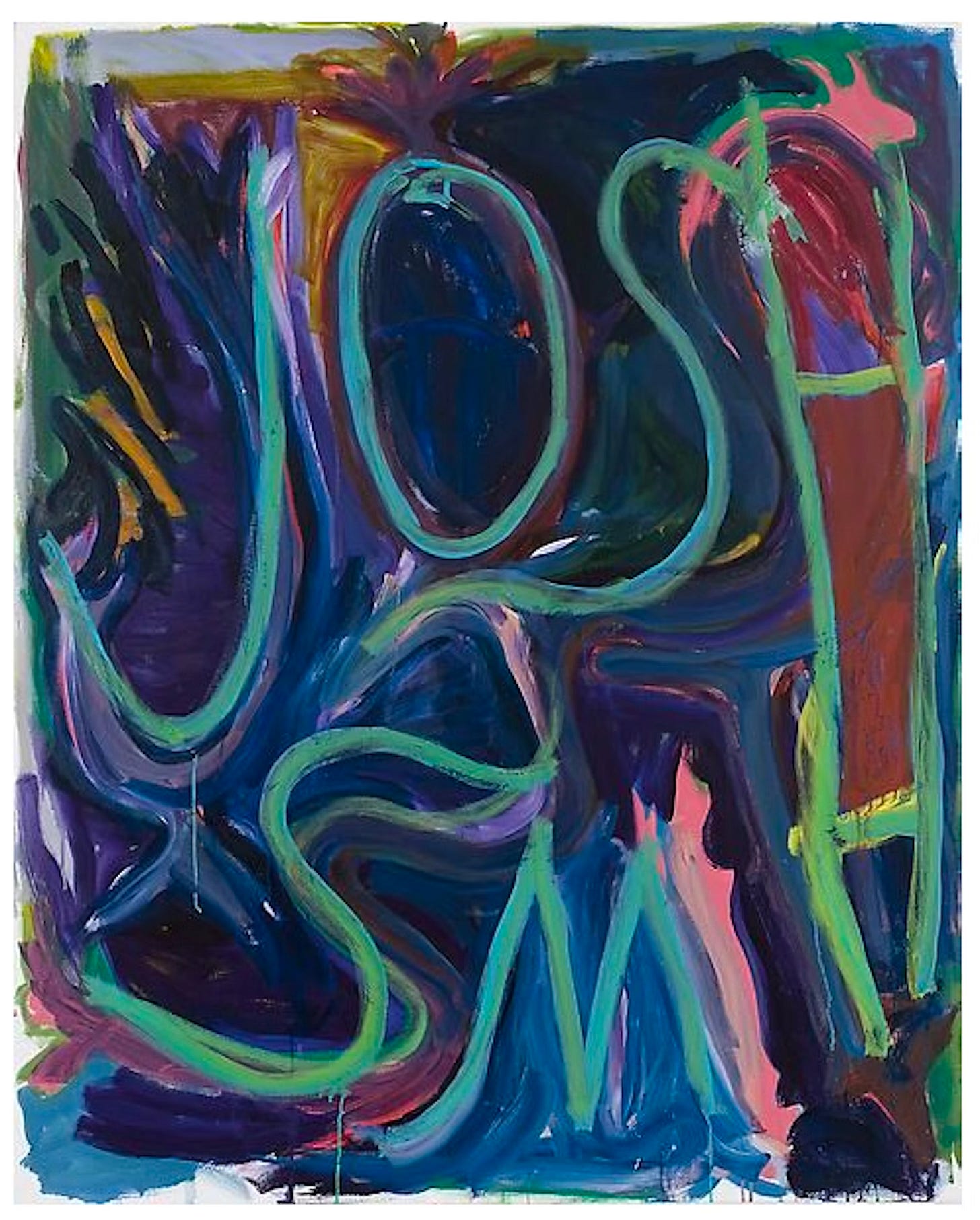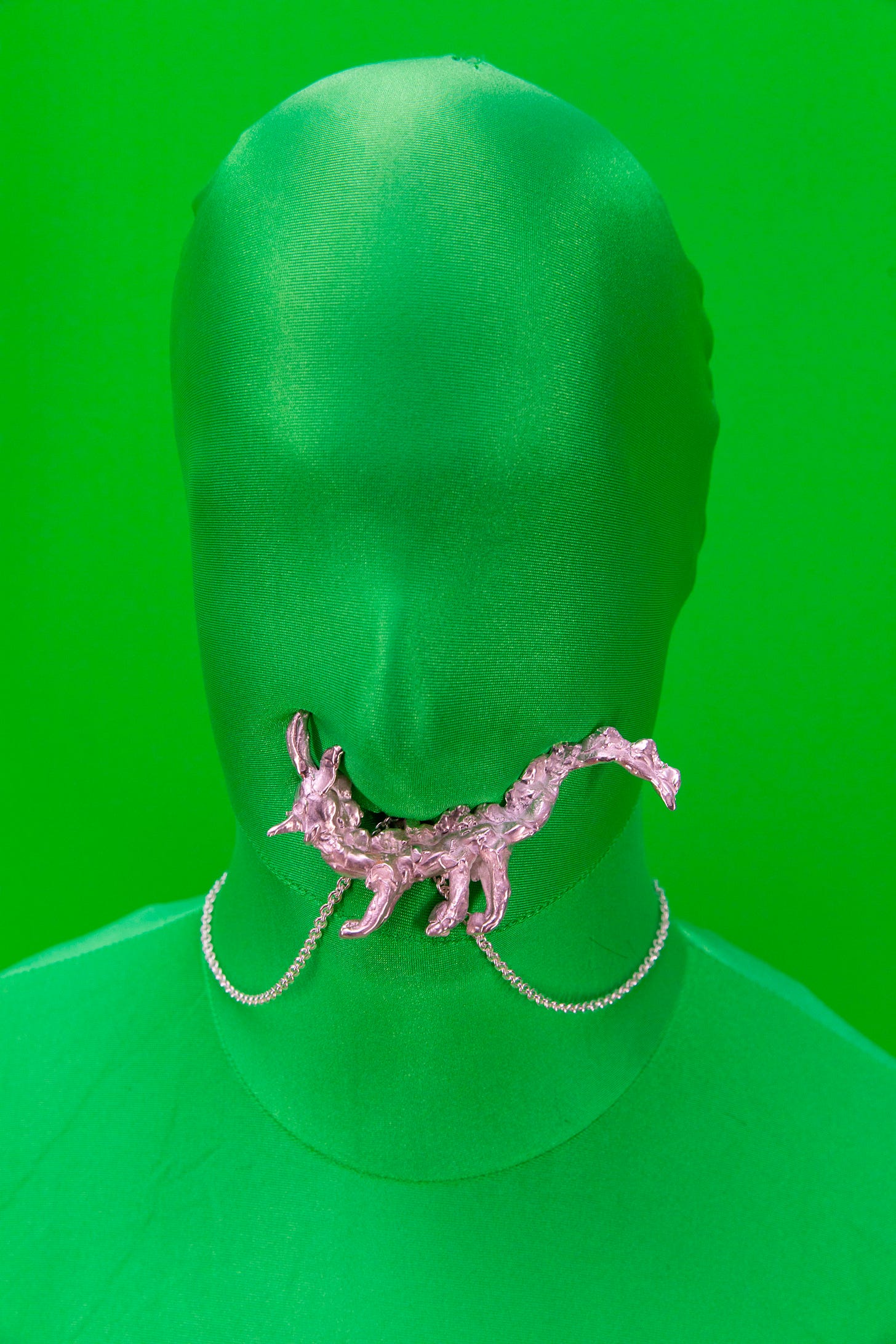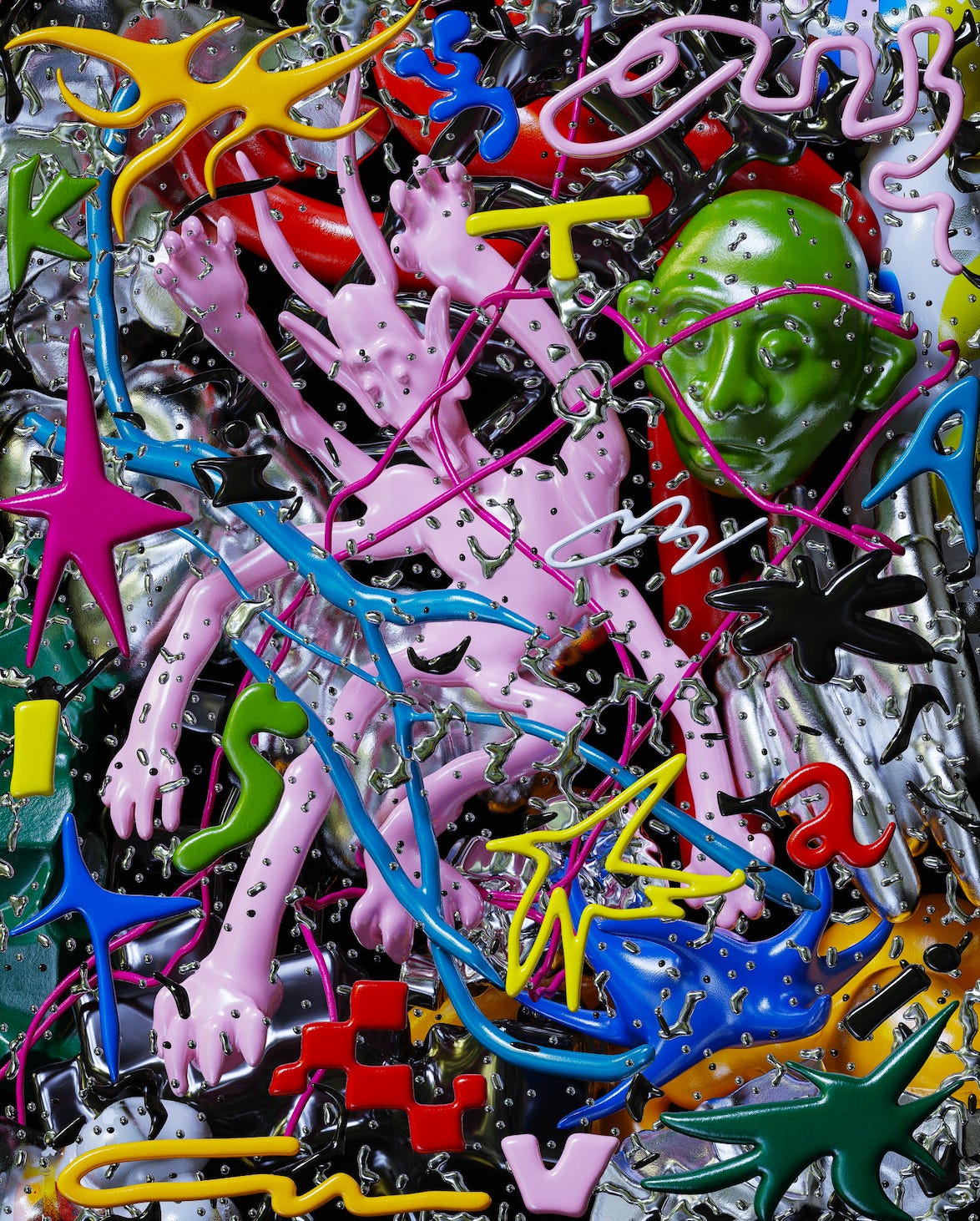What Country Are We In?
EYES ON: Is This the Middle East? by Rayane Jemaa
Is This the Middle East? is a project by British-Tunisian digital artist, Rayane Jemaa, exploring the depictions of the Middle East and North Africa in video games. Jemaa uses screenshots from games to create 3D renders of “Middle Eastern” structures, spotlighting stereotypes of the Arab world that repeatedly pop up across game environments.
The project was born from the realisation that most games “set” in the Middle East are games that revolve around violence or war. In turn, the landscape of the region is presented as entirely shaped by violence. These stereotypes are so engrained in the language of certain games, that even if a game is not set in any specific geographical location, references to Islamic architectural features or Arabic script are scattered across the unknown location to encourage a feeling of war.
WHY WE’RE WATCHING:
The way in which Jemaa produces the 3D renders (by translating multiple images into a 3D model) is a common practice in many different areas of work and life. The results are familiar; they look like any other architectural 3D scans. But unlike ones we’re used to, these renders are formed from screenshots of fake places and not from photographs of real ones.
So, although the 3D sites give off the impression that they refer to reality, in fact, together they form an archive of a nonexistent landscape, an extremely subjective and one-sided view of what the Middle East looks like, as perpetuated through video games.
Art Jewel
EYES ON: Studio Jewels by Josh Smith
The well known artist Josh Smith recently came out with an appendage to his artistic practice, a new venture, Studio Jewels. Created in collaboration with jeweller Will Shott, the limited edition silver pieces are being sold through his gallery’s digital portal, Zwirner’s own, Platform.
Smith is known for his very gestural depictions of rudimentary symbols and characters, all painted with thick colours that are often muddied or mangled. A classic example of his style can be found in his early 2000s name paintings, in which he abstracts the letters of his name to play with painted space and its layers of meaning. Smith’s Studio Jewels run alongside this practice, and are based off his own small figurine sculptures that are very like his strange painted subjects.
WHY WE’RE WATCHING:
Smith’s jewels are cool, but the campaign images that came out with his jewels are really what interest us most.
In some ways the images are like any jewellery campaign, featuring shots of the product worn by models or close ups to show details, but in other ways the images are so far from the norm. They are fully Josh Smith-ified. The compositions, the colours, the framing—all borrow from his paintings’ visual language. They all carry the same undercurrents.
That in itself is not necessarily surprising. The artist’s style is expressed through many outlets. What is surprising is seeing Smith’s style so seamlessly slotted into the format of a brand aesthetic. In the fashion sales context, the artist is framed as a brand. And in this case, it works so well!
With such a pronounced style and characteristic aesthetic, this campaign formatting sheds light on how much Josh Smith, and many other artists, are brands already.
Made of Clay
EYES ON: A 3D digital trend
One of the most prevalent, and curious, trends in digital image making in the past 10 years has been what CARI calls “blob world.” There, the trend is described as images created with the “use of strange, elaborate 3D renders to create playful textures, strange/uncanny forms, surrealist compositions, and occasionally unnerving body horror.”
Much of the outputs require no explanation for why the trend is popular. They are mostly made of pop-y colours, have shiny textures and provide a satisfying sense of depth in the shapes depicted. But within this trend lies a niche sub-trend that stands out as the most popular (yet the least likely popular) faction of the digital “blob” trend— the clay blob.
Made up of what looks like, bright, cylindrical, polymer clay, this type of “blob world” image is getting continuously pumped out to smiling faces.
WHY WE’RE WATCHING:
The clay blob is found in digital art as much as it is in advertising material. And even though our tools have advanced to such a degree that means that they can produce extraordinarily life-like digital representations of things, blobs win out more than you might expect.
So, why does a texture-type closer to Wallace and Gromit’s so often trump crisp digital realism or any other effect? What is the appeal?














